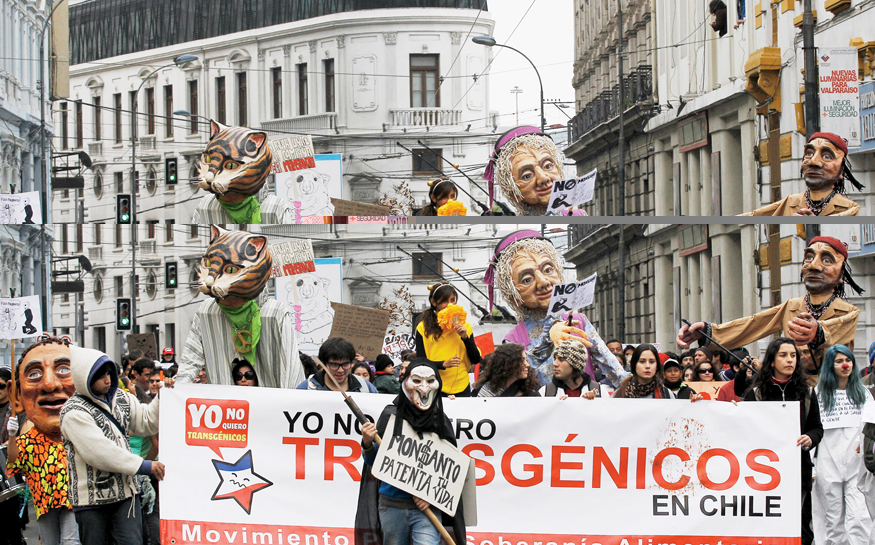A History of World Societies:
Printed Page 1049
A History of World Societies Value
Edition: Printed Page 1063
Intensified Agriculture and the Green Revolution
As the world’s population grew in the second half of the twentieth century, food production strained to keep pace, prompting a greater emphasis on rural development and agricultural sciences. Before 1939 the countries of Asia, Africa, and Latin America had collectively produced more grain than they consumed. After 1945, as their populations soared, they began importing food from countries like the United States. Although crops might fail in poor countries, starvation seemed a thing of the past. In 1965, when India was urged to build up its food reserves, one top Indian official expressed a widespread attitude: “Why should we bother? Our reserves are the wheat fields of Kansas.”7 The official was proved wrong when devastating famines gripped India in 1966 and 1967.
That close brush with mass starvation created widespread alarm that population growth was outpacing food production. The American scientist Paul Ehrlich envisioned a grim future in his 1968 bestseller The Population Bomb, which warned of a population crisis:
The battle to feed all of humanity is over. In the 1970s the world will undergo famines — hundreds of millions of people are going to starve to death in spite of any crash programs embarked upon now. At this stage nothing can prevent a substantial increase in the world death rate.8
Ehrlich was not the first scientist to make such dire predictions, and like Thomas Malthus before him (see “Industry and Population” in Chapter 23), he failed to understand the adaptability of farmers and agricultural technology to keep pace with population growth.
Technological improvements countered such nightmarish visions and offered hope. Plant scientists set out to develop new genetically engineered seeds to suit particular growing conditions. The first breakthrough came in Mexico in the 1950s when an American-
In the 1960s American-
As they applied green revolution technologies, many Asian countries experienced rapid increases in grain production. Farmers in India increased production more than 60 percent in fifteen years. By 1980 thousands of new grain bins dotted the Indian countryside, symbols of the agricultural revolution and the country’s newfound ability to feed all of its population. China followed with its own highly successful version of the green revolution.
The green revolution offered new hope to industrializing nations, though its benefits often flowed to large landowners and export farms that could afford the necessary investments in irrigation and fertilizer. Experiences in China and other Asian countries showed, however, that even peasant families with tiny farms could gain substantially. Indeed, the green revolution’s greatest successes occurred in Asian countries with broad-
As the practice of planting genetically engineered crops to increase production grew in the late twentieth and early twenty-
